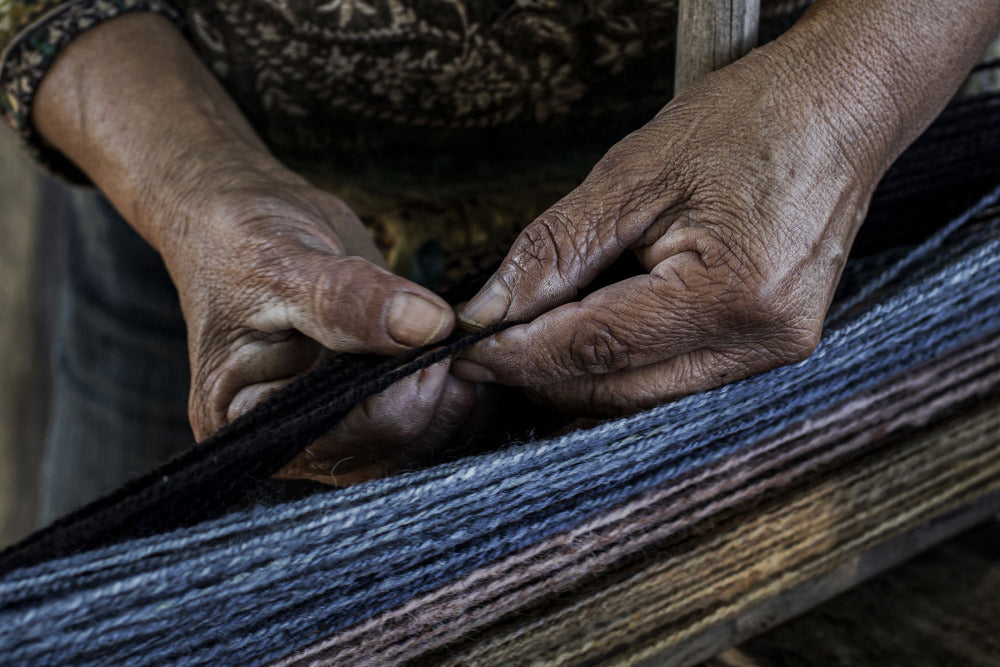Andean peoples
In northwestern Argentina, the Andean region encompasses the Quebrada de Humahuaca, the Calchaquí Valleys and the Puna Salto-Jujeña, with deep valleys and plateaus of up to 4,000 m and peaks reaching 7,000 m. The region is home to various peoples who have inherited the ancient Andean tradition of pre-Hispanic shepherds and farmers, and although many of their techniques have been lost or transformed, shepherding remains a viable and suitable form of production for certain arid and semi-arid regions, such as the Andean highlands.

In turn, it is an activity that is associated with certain ways of life, relationships between people and animals, particular perceptions and constructions of nature, and certain logics of understanding the world.
The Andean worldview is the vision of caring for nature, for the living cosmos (Pachamama) and for the sacred relationship between human beings and Mother Earth. It is also the vision of Andean communitarianism based on reciprocity (Ayni) and caring for human relationships, of living in community (Ayllu) of love and respect for living beings, children and the elderly, trees, mountains, rivers and the entire universe.
Every August, before the agricultural cycle begins, Andean peoples open a well, a mouth in the earth, and offer it the best food they have obtained through the harvest. The Pachamama ceremony reflects a reverence for the earth as mother, as creator of people, as a being, an entity with which we are linked by affection and to which we owe care and gratitude.
They have been working in an ecological way for centuries. They take care of the planet by using their own materials which they then return to the earth, without generating waste. They manually shear their animals and collect the fiber, which is then classified and de-haired to be dyed with natural products, and finally spun by hand and woven on the loom.

















